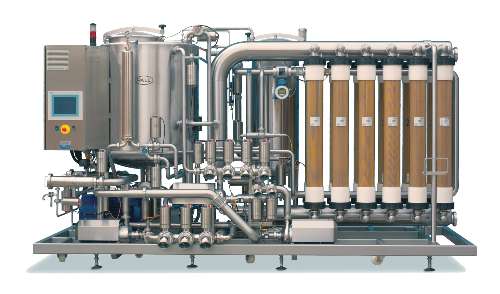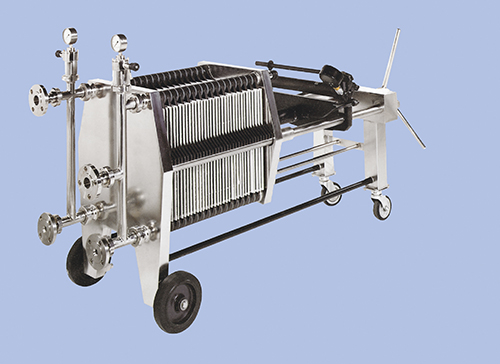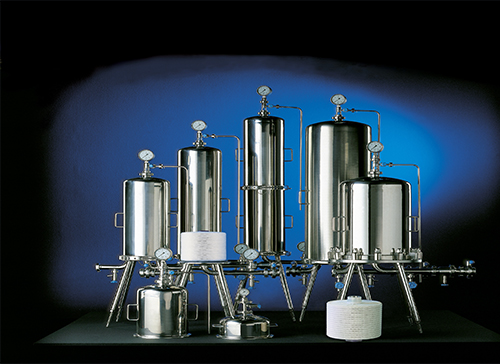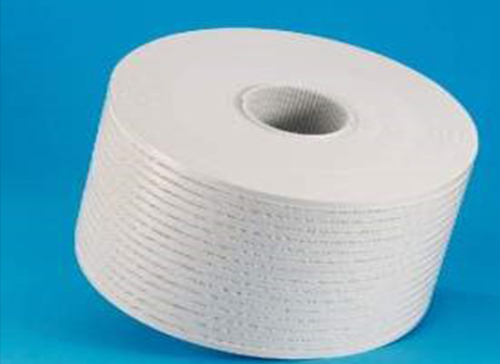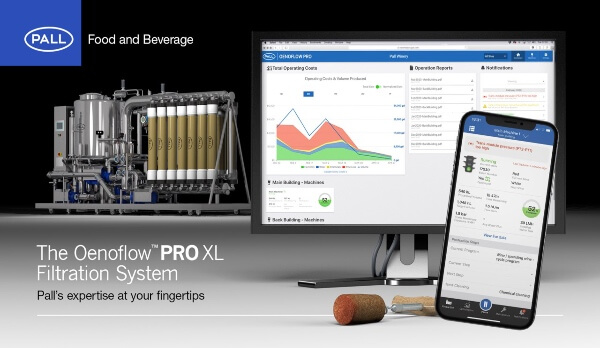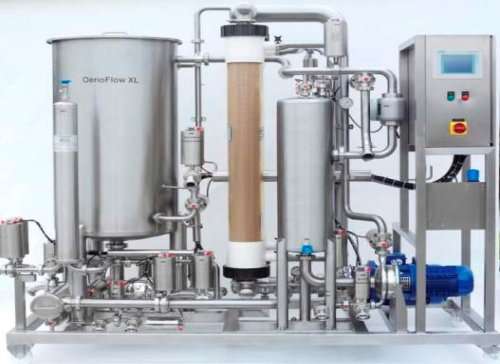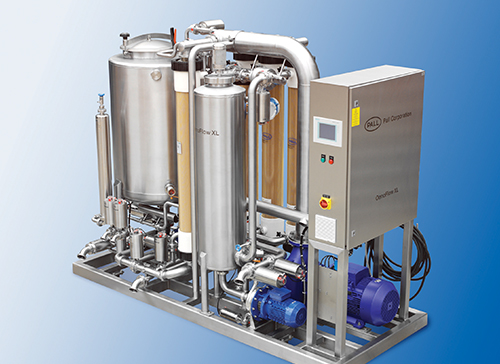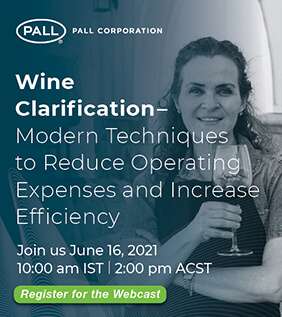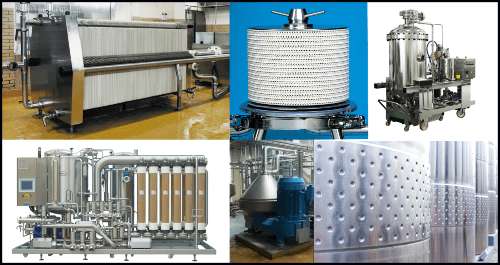Por que a clarificação do vinho é importante?
Vinho é um produto complexo evoluindo constantemente desde o momento em que a fermentação é concluída até o momento em que a rolha é retirada. Essa complexidade permite que vinicultores ofereçam o apelo individual para cada vinho. Mas essa evolução também pode levar à formação de sedimentos e turbidez que são indesejáveis no produto acabado.
Vinicultores utilizam técnicas de estabilização e clarificação do vinho para melhorar a aparência visual e a estabilidade na prateleira de seus vinhos.
As formas mais comuns de formação de sedimentos e turbidez no vinho:
- Pós fermentação – composta em sua maioria por células de fermento mortas (borras), bactérias, cascas de uva, sementes de uva e cristais de tartarato.
- Durante o envelhecimento – proteínas, taninos e polissacarídeos combinam-se de diferentes formas, dependendo da natureza do vinho, levando à turbidez e/ou depósitos amorfos.
- Em baixa temperatura – a instabilidade do bitartarato em temperaturas baixas pode levar a depósitos significativos de cristais de tartarato, que embora inofensivos, podem ter aparência semelhante a vidro em vinhos brancos.
Nossos sistemas de estabilização e clarificação de vinho melhoram a qualidade e reduzem custos
Vinicultores têm diversos métodos de filtração disponíveis ao clarificar vinho, cada um com seus próprios prós e contras, que são explicados em detalhes abaixo.
Filtração de placa plana
Filtros de placa têm sido utilizados para clarificação de vinho há mais de 130 anos e continuam a ser utilizados em vinícolas menores em todo o mundo. Em vinícolas menores que precisam de flexibilidade para produzir uma variedade de lotes pequenos, a filtração por placas pode apresentar vantagens do ponto de vista econômico e operacional.
Filtração lenticular
Módulos lenticulares, uma adaptação moderna dos filtros de placa montados em uma carcaça fechada, evitam perdas por gotejamento e fornecem flexibilidade adicional, higiene e facilidade de uso.
Filtração de terra diatomácea (DE)
Filtração de terra diatomácea (DE), também conhecida como filtração Kieselguhr, já foi o método mais comum de clarificação de vinho em grande escala. Mais recentemente, a DE tem sido substituída por equipamentos de filtração de fluxo cruzado em todas as regiões de vinícolas do mundo.
Filtração de fluxo cruzado
Os sistemas de membrana de filtração tangencial permitem economia de custos ao reduzir a perda de vinho, consumíveis e mão de obra normalmente associados à tecnologias baseadas em filtros com auxiliares filtrantes. Além disso, com um processo livre de DE e sem resíduos sólidos para aterro, a segurança ambiental e do operador é melhorada.
Centrifugação
A clarificação de vinho utilizando a centrifugação geralmente é usada em vinícolas maiores e é normalmente seguida por um sistema de filtração de fluxo cruzado, a fim de alcançar a clareza necessária antes do engarrafamento.
Sedimentação por gravidade
Sedimentação por gravidade combinada com adição de agentes de refino também pode ser utilizada, mas exige uma quantidade significativa de tempo que as vinícolas modernas não consideram eficiente.
Avaliação dos métodos de clarificação do vinho
| Fluxo cruzado | Folhas plana | Módulos lenticulares | Filtração de terra diatomácea (DE) | Centrífuga de pilha de discos | Sedimentação por gravidade | |
|---|---|---|---|---|---|---|
| Despesas de capital | 3 | 1 | 1 | 2 | 4 | 1 |
| Despesas operacionais | 2 | 3 | 3 | 4 | 4 | 3 |
| Higiene | 1 | 3 | 2 | 3 | 3 | 3 |
| Área ocupada | 3 | 3 | 2 | 4 | 3 | 1 |
| Clareza do filtrado | 1 | 2 | 2 | 3 | 5 | 2 |
| Perdas de produto | 1 | 4 | 3 | 5 | 3 | 3 |
| Tempo de troca/ajuste | 1 | 3 | 2 | 4 | 3 | NA |
| Coleta de oxigênio | 1 | 2 | 1 | 3 | 3 | 1 |
| 1 = baixo/bom 5 = alto/ruim | ||||||
Explore nossas soluções de estabilização de vinho
Preparado para saber mais? Podemos ajudar a encontrar a solução de filtração de vinho certa para suas necessidades. Entre em contato.

